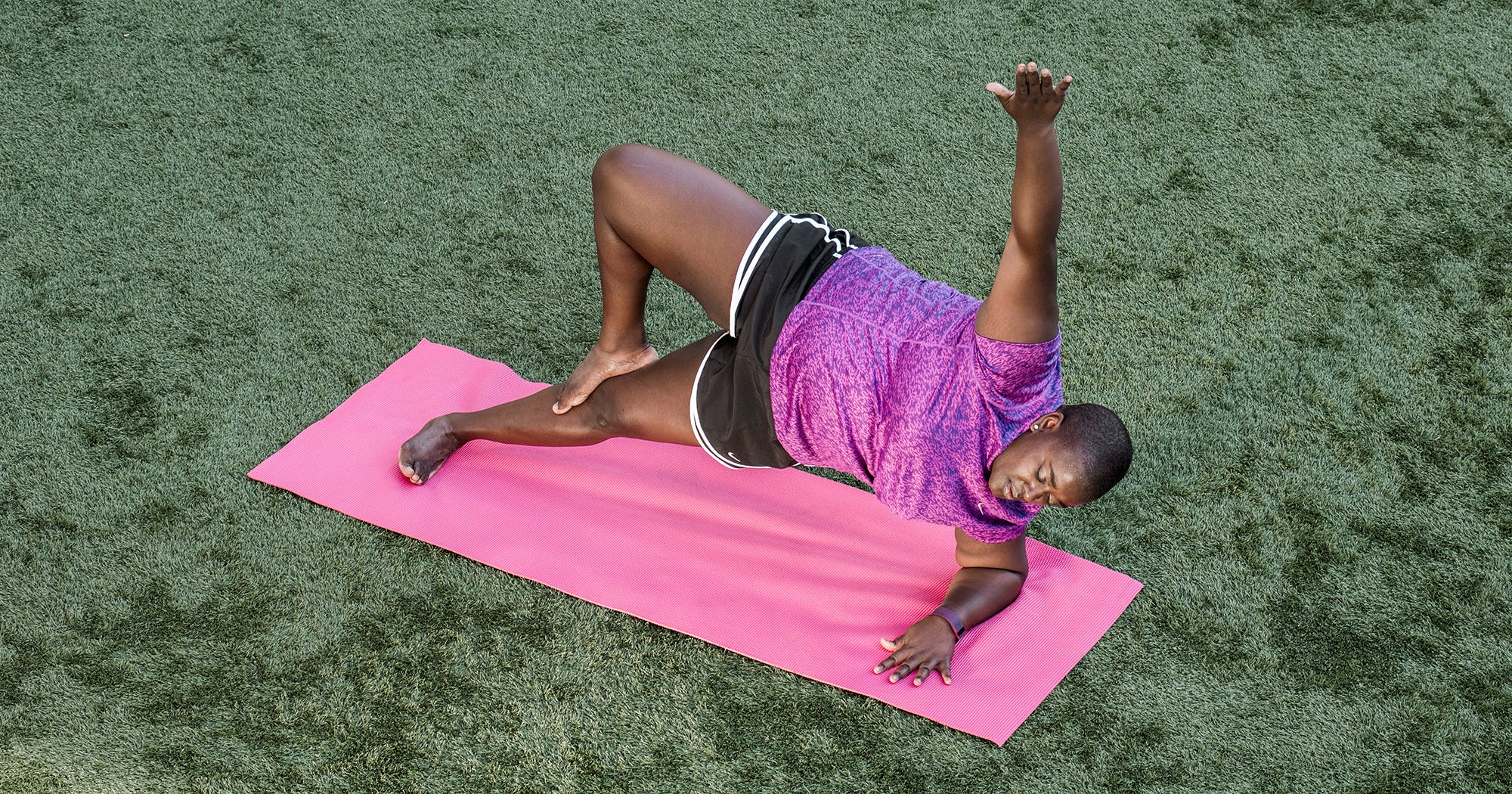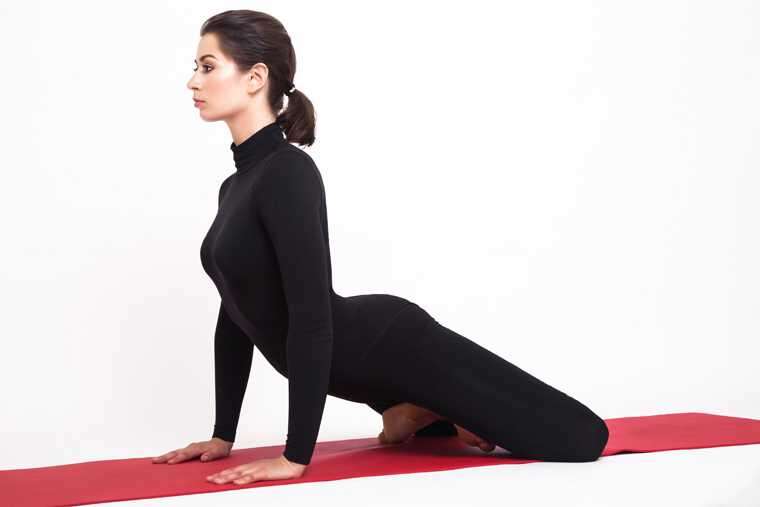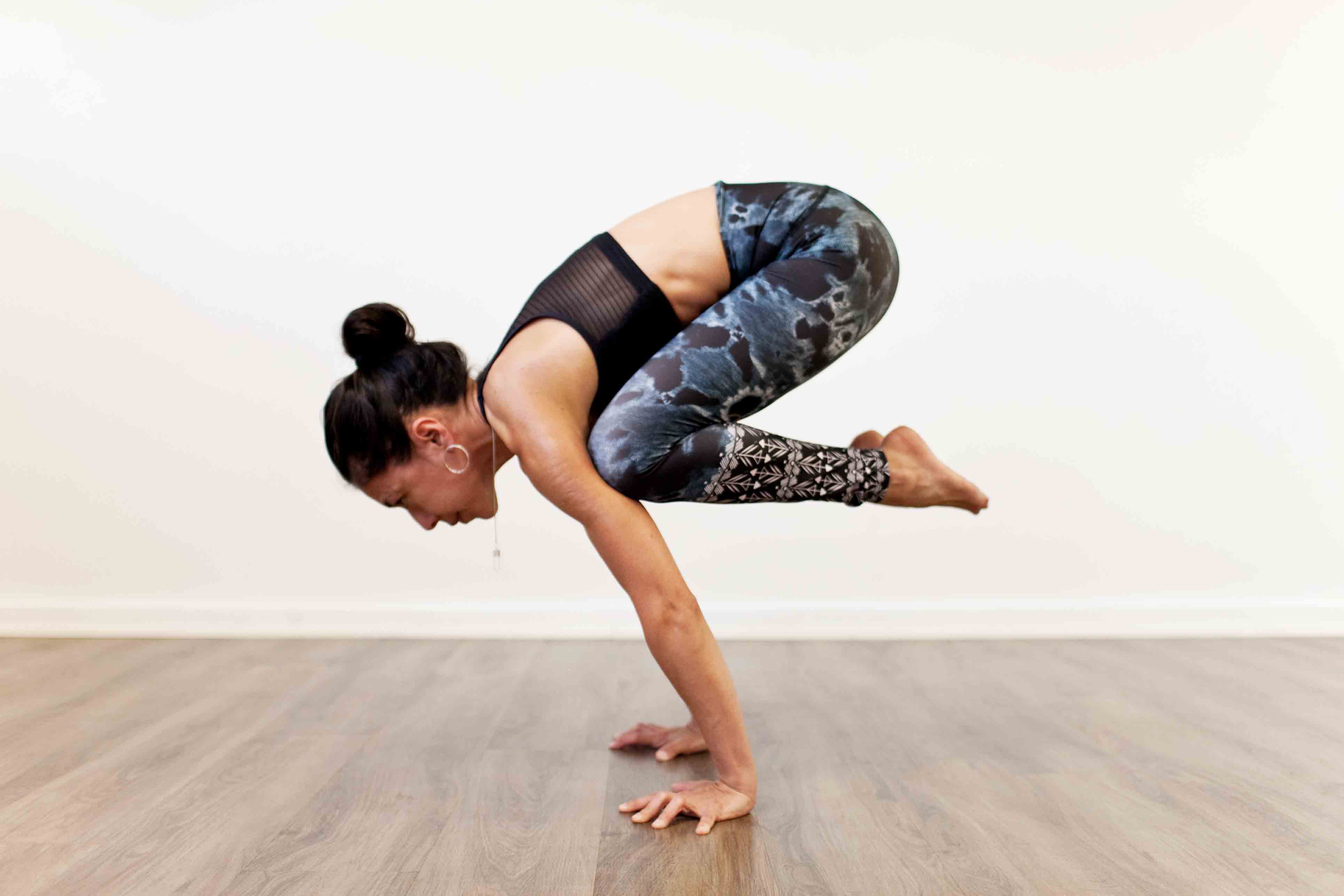
You can expect many benefits whether yoga is being considered as a method to increase fertility or as an aid in trying to conceive. Practicing yoga regularly can help to ease physical, emotional, and psychological symptoms related to infertility. Yoga as part of fertility treatment? Talk to your doctor before you start.
Yoga, an ancient form exercise, was first developed in India more than 5,000 years ago. Its goal is to help people integrate body, mind, and spirit. Yoga has been shown to improve emotional, physical, and mental wellbeing as well as reduce stress. Yoga is also known to reduce stress and affect hormones and blood flow.
Research shows that yoga may help stress-related problems like infertility. High levels of stress are common in those who are having trouble getting pregnant. Stress can lead to hormonal imbalance, as well as organ imbalances. When your body is out of balance, it does not function at its full potential. Yoga is a way to bring your body back into balance, which can increase fertility.

Research shows that yoga can help reduce anxiety and stress associated with fertility treatments. It may also ease depression. Studies have also shown that yoga helps to ease stress-related pain. Start slowly if you are looking to incorporate yoga into your fertility program. Begin with a few short yoga videos to start, and gradually build up your practice. An average yoga practice takes 20 minutes, three times per week.
Yoga for fertility is known for its emphasis on relaxation. Many women find yoga helps to let go control. Yoga can help them feel more relaxed and manage their emotions.
Yoga can also be beneficial for men. Low sperm counts are increasingly common among men, and are often caused by environmental factors and lifestyle habits. Yoga can help men improve their hormone levels and increase their sexual desire. It can help them tolerate hormonal treatments. Yoga may increase the effectiveness for assisted reproductive technologies. However, more research is needed to determine the exact benefits of yoga for men's reproductive health.
Yoga is also thought to improve blood flow and reproductive organ function. This can be achieved with a variety of yoga poses. These poses can open your pelvic muscles and increase blood flow to the reproductive organs. Yoga poses can be used to reduce stress. You can achieve better spine alignment which can improve respiration.

Yoga has been shown to increase immune system function. This can help your body combat the harmful effects infertility drugs. It can also help you maintain a healthy weight, which is a common problem with infertility.
FAQ
Yoga involves a lot of sweating.
It all depends on what type of yoga you are practicing. Vinyasa flow (or Power) yoga involves lots jumping, twisting and turning movements. Because of this, people often sweat heavily while practicing.
Hatha Yoga, by contrast, emphasizes forwarding bends as well as twists. The poses aren’t particularly strenuous so practitioners won’t experience excessive sweating.
How long should a class of yoga be?
The average yoga session lasts between 45 minutes to an hour. The type of yoga that you are doing will determine the length of your session. 45-60 mins would be sufficient for strength-building exercises. However, if you're looking for relaxation or meditation, an hour or longer may be necessary.
You can also vary the length of your yoga classes depending on which type you are taking. Some focus on quick movements while others stress slow, deep stretches.
How long does yoga take to work?
Yoga takes time, but you are always guaranteed a great workout. It takes time to build strength, flexibility, and endurance. Start slow, then increase intensity until you reach your optimal level.
Consistency is key. The more you practice, it is easier to get better.
Statistics
- About one in seven U.S. adults practiced yoga in the past 12 months, according to a 2017 national survey. (nccih.nih.gov)
- A 2020 review of 27 studies (1,805 total participants) of yoga interventions in children or adolescents found reductions in anxiety or depression in 70 percent of the studies, with more promising results for anxiety. (nccih.nih.gov)
- Lock in 25% off your Founding Member rate. (corepoweryoga.com)
- According to the Agency for Healthcare Research and Quality, falls are incredibly common among older adults in nursing facilities. Even the simplest ones can increase the risk of death (24). (healthline.com)
- In comparison, a 125-pound person is estimated to burn 135 calories in 30 minutes of walking (at a pace of 15-minute miles) and 210 calories bicycling at a moderate pace on a stationary bike. (everydayhealth.com)
External Links
How To
What is the best position to practice yoga?
There's no right or wrong way to practice yoga. Each person has their style. Only you need to choose the positions that feel most comfortable.
Here are some examples of common postures:
For beginners, standing poses are a good choice because you can see your body from various angles. They also make it easier to focus on breathing.
Forward bends – Forward bends can be used to loosen tight areas in the body. Try them while sitting or lying down.
Backbends-Backbends are generally considered advanced poses. If you want to try one, you should seek advice from your instructor.
Inversions - Inversions are poses that require you to balance yourself upside down. This type of yoga can be challenging but rewarding.